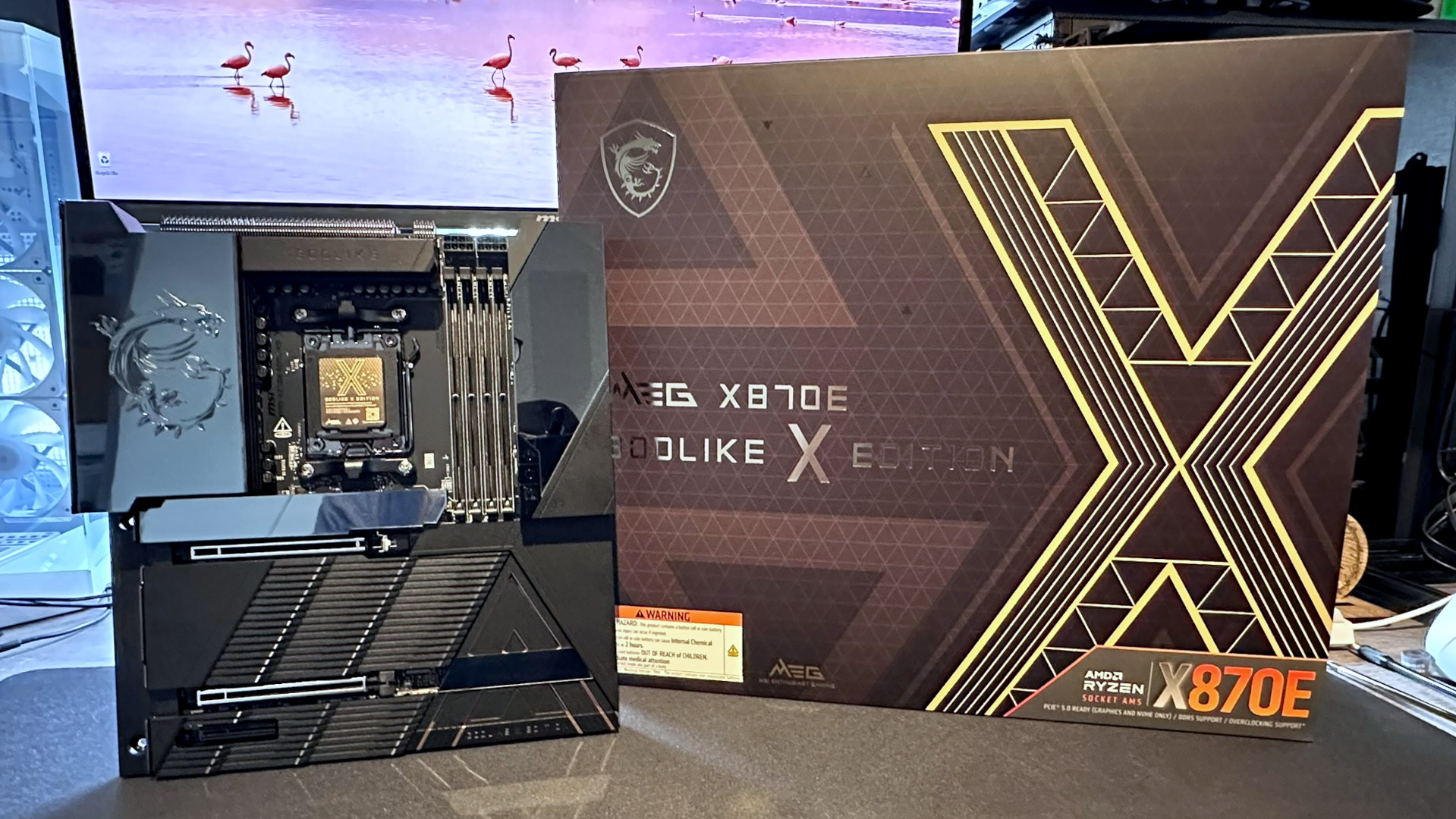Maybe don't jam electrical tape in your Steam Deck to fix fan whine
The recent beta update does seem to mitigate some of that mosquito-in-a-can whine, so maybe go for that instead.

We've all heard the lamentations over the Steam Deck's fan whine. But waking up this morning to news of people MacGyvering their Steam Decks with electrical tape is slightly worrying me. Hey, go ahead if you're feeling brave. It's just that, perhaps there are more elegant solutions out there—or at least there could be soon.
Don't get me wrong, I'm all for the right to repair. And OP seems pretty confident with their electrical tape trick. It involves placing a stack of four pieces of tape directly under where the Valve logo sits on the rear of the Deck with the result that it dramatically changes the whiny pitch of the device's fan.
Aside from the aural improvement, they report that it hasn't negatively impacted their Steam Deck's temps. They've reported they're still getting around 54°C in No Man's Sky, though it's worth noting that's not necessarily the most graphically intensive game around to test with.
And, as a few people kindly point out in the comments section, not all of the Deck's temperatures are currently known or displayed. The memory modules, for example could be frying, while OP carries on topping out the load, unknowingly damaging their precious portable gaming machine.
What I'm saying is this: just hold fire before you start jamming foreign bodies into your Deck. A mantra to live by, in my opinion.
First off, iFixit is looking to start selling replacement fans for Q1 Decks, so there's that option to come. For something more immediate, though, other commenters suggest making a leap from the stable software, and downloading the latest beta update.
So we did a little test to see whether that would improve the Steam Deck's fan whine at all for us.
Keep up to date with the most important stories and the best deals, as picked by the PC Gamer team.
It's honestly been like having our own tinnitus simulation machine.
Just so we're on the same page here, our Steam Deck isn't super loud, per-se. But the pitch is something else. We've been getting frequencies in the region 1000Hz at full load—that's a very high C, and can really grate after extended periods. It's honestly been like having our own tinnitus simulation machine.
Once we'd downloaded the most recent beta update, however, we noticed a significant reduction in the pitch, with it now only jumping up to around 290Hz under high load in Euro Truck Sim 2.
That's a D4 for the music nerds among you.

Best AIO cooler for CPUs: All-in-one, and one for all... components.
Best CPU air coolers: CPU fans that don't go brrr.
Sadly that does seem to translate into slightly higher temps, topping out at around 75°C.
What we're avoiding here, though, is a potentially sticky situation if you ever need to send your Steam Deck back for RMA. With our Dave holding it as the best budget gaming PC you can buy, you can bet he didn't let me stick any electrical tape up in there (No, I did not! -Ed).
And maybe that's for the best.

Having been obsessed with game mechanics, computers and graphics for three decades, Katie took Game Art and Design up to Masters level at uni and has been writing about digital games, tabletop games and gaming technology for over five years since. She can be found facilitating board game design workshops and optimising everything in her path.

